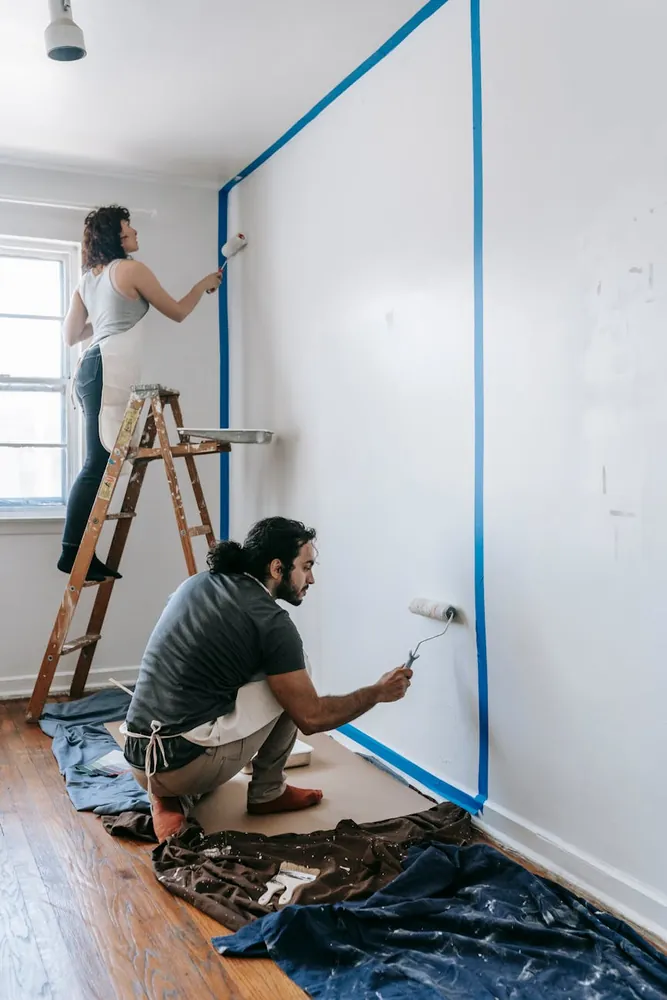achieving greater energy savings with these home improvements

The Importance of Energy Efficiency in the Home
In an age where energy resources are precious and utility costs are rising, enhancing your home's energy efficiency is not just an environmental duty but also a financial necessity. The average household can save hundreds of dollars annually by implementing effective energy-saving measures. Moreover, energy-efficient homes often have a higher resale value, making this investment worthwhile.
Sealing Gaps and Cracks: Your First Line of Defense
Identifying Problem Areas
One of the simplest yet most impactful ways to improve energy efficiency is by sealing gaps and cracks around your home. Common areas that leak air include windows, doors, and the attic. A simple way to detect leaks is through a visual inspection on a windy day, using a lit incense stick to see if smoke wavers near suspected leaks.
Tools and Materials You'll Need
- Caulking gun and caulk (silicone-based for flexibility)
- Weatherstripping
- Draft stoppers
Step-by-Step Process
Start by sealing all windows and doors with caulk, ensuring it is applied in a continuous bead to fill gaps effectively. For doors, consider installing door sweeps and using draft stoppers during colder months. Weatherstripping can be applied along the edges of windows and doors to further minimize air escape.
Lighting Up the Savings: Switching to LED Lighting
The Benefits of LEDs
LED lights consume up to 80% less energy than traditional incandescent bulbs and last significantly longer. While they may have a higher upfront cost, the long-term savings on electricity bills make them a smart choice.
Choosing the Right LEDs
When shopping for LED bulbs, pay attention to the lumens rather than watts, as lumens measure brightness. For ambient lighting, soft white LEDs are ideal, while daylight bulbs are perfect for task lighting in workspaces.
Installation Tips
Replace bulbs in frequently used areas first, such as kitchens and living rooms, to maximize savings. Consider installing dimmer switches for greater control over lighting levels, enhancing both mood and energy savings.
Insulating Ducts: The Key to Efficient Heating and Cooling
Why Insulation Matters
Poorly insulated ducts can lead to significant energy loss in heating and cooling systems. By insulating your ductwork, you ensure that conditioned air reaches its intended destination without unnecessary waste.
Materials Needed
- Duct insulation (preferably with an R-6 rating or higher)
- Metal foil tape
Insulating Your Ducts: A Step-by-Step Guide
First, inspect your ductwork for leaks and seal them with metal foil tape. Next, wrap the ducts with insulation, securing it with additional foil tape to prevent it from coming loose. Focus on exposed ductwork in unconditioned spaces like attics or basements where temperature extremes are common.
The Power of Smart Thermostats
How Smart Thermostats Work
A smart thermostat allows you to control your home’s temperature remotely and can learn your schedule to optimize heating and cooling cycles efficiently. Many models come equipped with geofencing technology that adjusts settings based on your proximity to home.
Installation Process
Most smart thermostats can be installed by homeowners in under an hour using basic tools. Always ensure that power is turned off at the circuit breaker before removing your old thermostat. Follow the manufacturer's instructions carefully for wiring and setup.
Energy Efficiency Checklist: Starting Your Journey to Savings
- Seal windows and doors: Inspect and apply weatherproofing measures.
- Switch to LED lighting: Prioritize high-use areas first.
- Insulate ducts: Focus on exposed ductwork in non-conditioned spaces.
- Install a smart thermostat: Program it to align with your routine for maximum savings.
By following these steps, you can make significant strides in reducing your home's energy consumption. Not only will these improvements save you money, but they will also contribute to a more sustainable future.